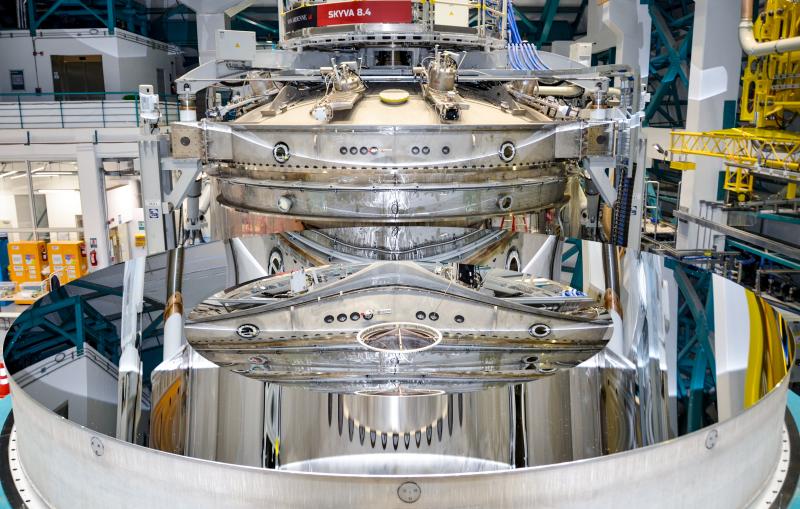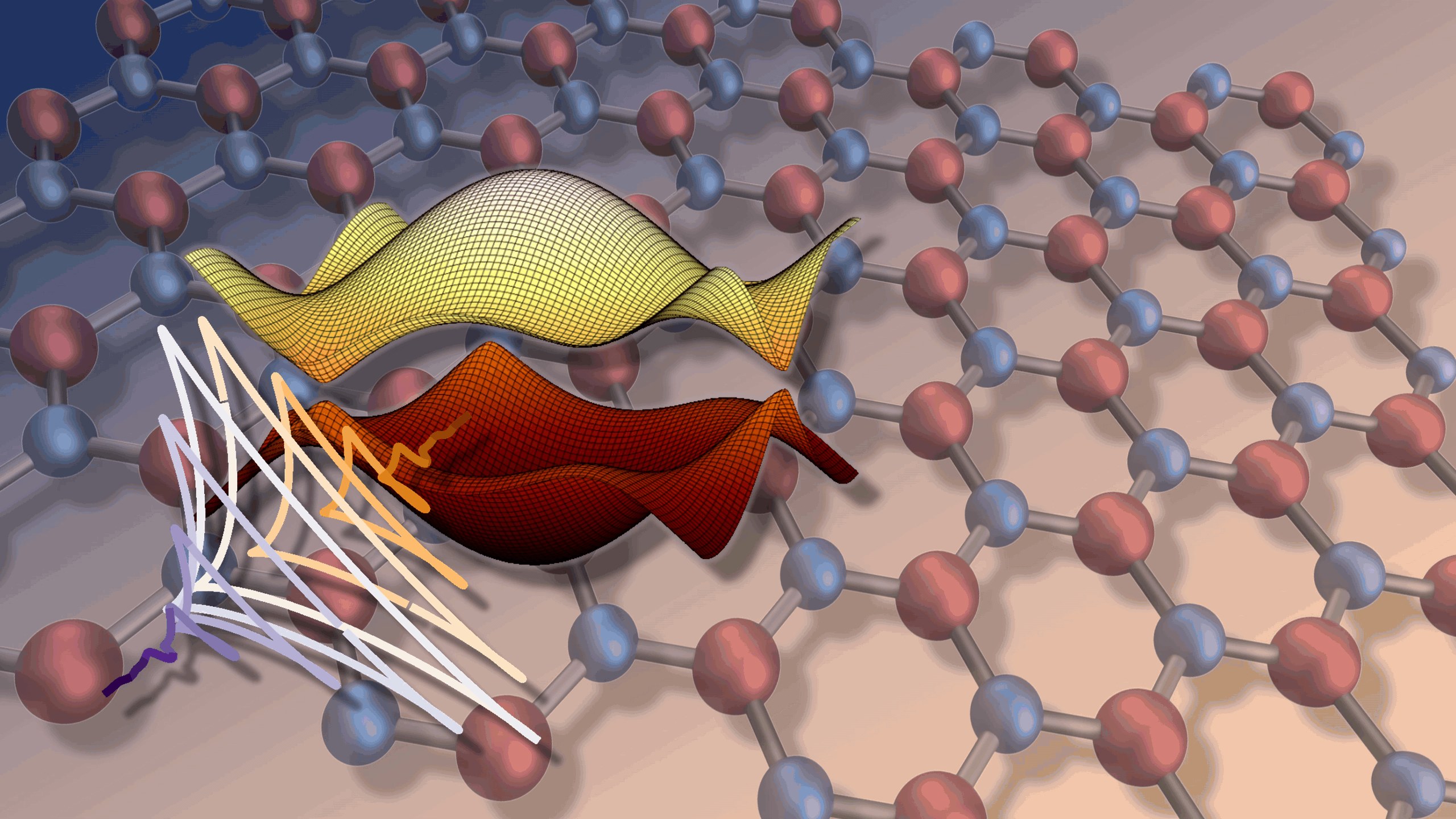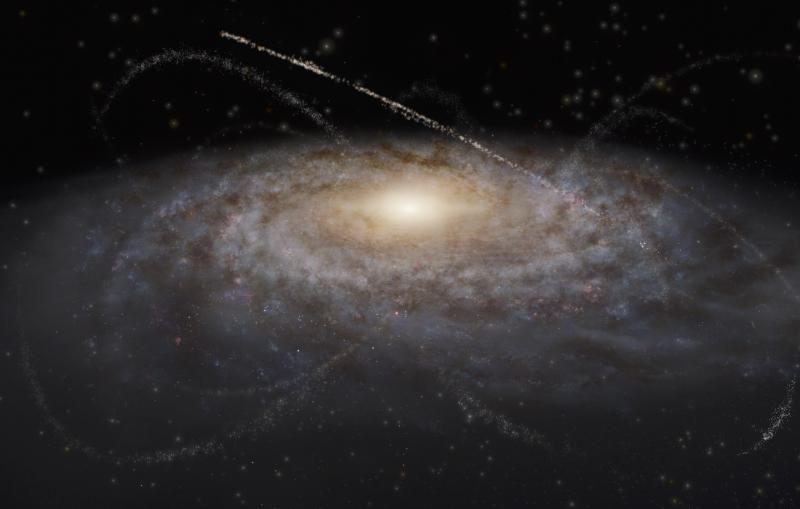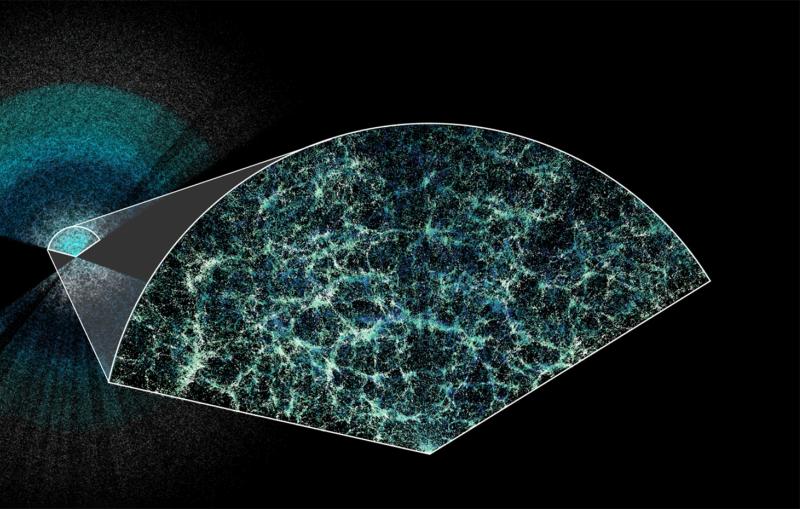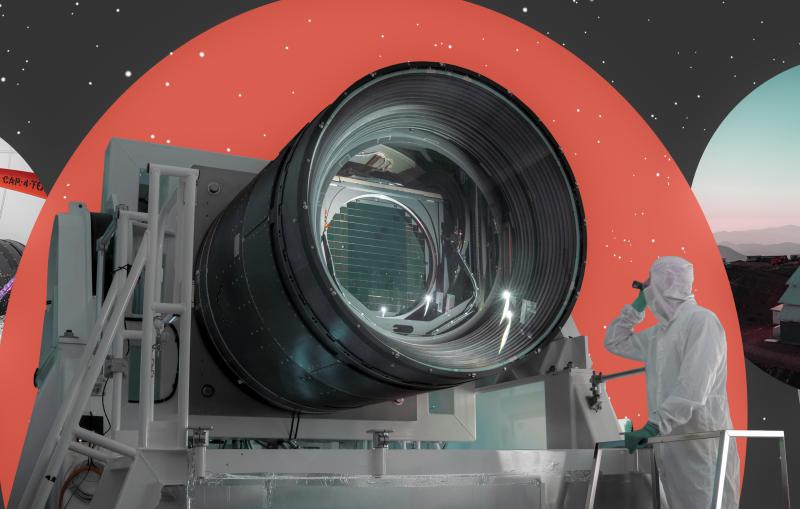September 16, 2014
Science Gets Social
If you like your science with a cup of coffee, a pint of beer or a raucous crowd, these events may be for you.
If you like your science with a cup of coffee, a pint of beer or a raucous crowd, these events may be for you.

Dig Deeper
